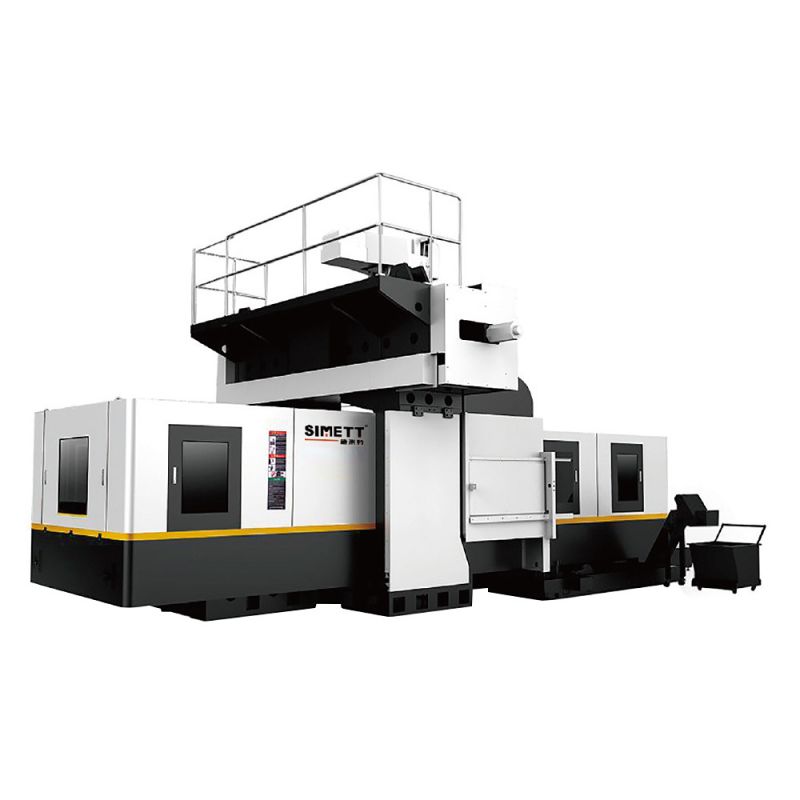What Is a Machining Center and Why Is It Crucial in Modern Manufacturing?
2025-07-01
In the fast-paced world of precision manufacturing, the machining center has become an essential tool across industries. Known for its ability to perform multiple operations in a single setup, a machining center significantly increases productivity, improves accuracy, and reduces production costs.

What Is a Machining Center?
A machining center is a highly automated CNC (Computer Numerical Control) machine tool designed to perform various metal cutting operations. These operations include milling, drilling, tapping, and boring—all in one machine. The machining center is equipped with a tool changer, automatic pallet changer, and computer control, enabling continuous, efficient, and unattended machining.
Machining centers are often classified by spindle orientation:
Vertical Machining Center (VMC)– The spindle is oriented vertically.
Horizontal Machining Center (HMC)– The spindle is oriented horizontally.
5-Axis Machining Center– Allows movement in five directions for complex part geometry.
What Are the Key Benefits?
1. High Precision and Repeatability:
Machining centers are built for accuracy. Once programmed, they can repeat the same operation thousands of times with minimal variation, which is crucial in high-tolerance industries like aerospace and automotive.
2. Multi-Function Capability:
With automatic tool changers and multiple axes, a machining center can complete several tasks in one cycle. This reduces the need for manual handling and setup time between operations.
3. Increased Productivity:
Machining centers can run continuously with minimal human intervention. Operators can set up the machine and let it work overnight, improving efficiency and reducing labor costs.
4. Improved Surface Finish and Quality:
Thanks to precise control of cutting parameters, the surface finish and dimensional accuracy of parts made by machining centers are consistently high.
5. Flexibility for Complex Parts:
Modern machining centers can handle complex shapes, contours, and features. 5-axis machines are especially valuable for creating parts with intricate geometries that are difficult or impossible to produce with traditional machines.
Where Are Machining Centers Used?
Aerospace:Producing turbine blades, structural components, and engine parts.
Automotive:Manufacturing engine blocks, gearboxes, and brake components.
Medical Devices:Creating surgical instruments and orthopedic implants.
Electronics:Precision machining of housings and connector parts.
Tool & Die:Crafting molds, dies, and custom tools.
How to Choose the Right Machining Center?
Workpiece Size and Complexity:Choose based on the size and geometry of the parts you need to produce.
Number of Axes:3-axis is sufficient for basic parts, while 5-axis is essential for complex components.
Spindle Speed and Power:Match to the material being machined—higher speeds for aluminum, more torque for steel.
Tool Capacity and Automation:Consider automatic tool changers and pallet systems for high-volume production.
Control System:Look for intuitive and powerful CNC controllers (e.g., FANUC, Siemens, Mitsubishi).
Conclusion
Machining centers are the backbone of modern manufacturing, combining speed, precision, and flexibility. Whether you're a large-scale production facility or a specialized machine shop, investing in the right machining center can dramatically enhance efficiency and product quality. As industries continue to demand faster turnaround and greater complexity, machining centers will remain a cornerstone of competitive, high-tech production.


